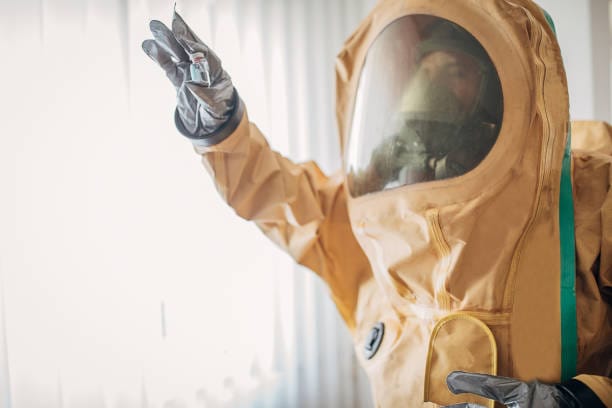
EN Standards That Matter for Disposable PPE: EN 13034, EN 14126, EN 1149, and More
Have you ever looked at a coverall label and thought:
“EN 13034… EN 14126… Wait, which one protects against viruses?”
You’re not alone.
EN standards can feel like alphabet soup.
But if you’re buying disposable PPE, knowing what these codes mean is the difference between safe and sorry.
Let’s decode the most important EN standards for disposable protective clothing—with zero jargon.
EN standards define what specific hazards a disposable garment can resist—like dust, spray, static, or viruses. Each EN code refers to a test method and performance requirement. Understanding them helps you match the garment to the actual risk in your workplace.
🧪 EN 13034 – Limited Chemical Splash Protection (Type 6)
What it means:
The suit protects against light chemical splashes and mist.
Use it for:
- Cleaning agents (ammonia, bleach under dilution)
- Disinfectants in commercial or industrial cleaning
- Fertilizer mixing or handling
- Food processing washdowns
NOT for:
- Full chemical immersion
- Long exposure to corrosive substances
- Jet spraying applications
🟡 Common in janitorial work, facility cleaning, food industry
📝 Often used in combination with chemical-resistant aprons for enhanced front protection.
Procurement Tip:
Ask the supplier:
“What chemicals has this suit been tested against at Type 6 level? Do you have a permeation report?”
🦠 EN 14126 – Infective Agent Protection
What it means:
The suit is tested to resist bacteria, viruses, and bodily fluids.
Use it for:
- Medical waste handling
- Hospital isolation wards
- Mortuary and biohazard response
- COVID-19 field testing sites
Includes 4 test methods:
- Blood penetration under pressure (synthetic blood)
- Aerosol bacterial filtration
- Dry contact penetration (abrasive surface)
- Bloodborne pathogen simulation (phi-X174 virus)
✅ If you see EN 14126, it’s a good choice for anti-virus PPE.
🧬 Also used in vaccine production facilities and BSL-2/3 labs.
Customer Question Example:
“Can this EN 14126 gown handle blood exposure from trauma patients?”
✅ Yes, if the suit also has a Type 4 or Type 5 rating for splash or dust.
⚡ EN 1149 – Anti-Static Protection
What it means:
The suit prevents static electricity build-up, avoiding sparks.
Use it for:
- Powder coating and electrostatic painting
- Solvent-rich environments (acetone, ethanol)
- Explosive dust zones (grain, sugar, fertilizer)
⚠️ A must-have in ATEX zones or solvent-heavy cleanrooms.
❗ Improper use of non-ESD suits can lead to flash fires or equipment damage.
What to ask suppliers:
“Does this anti-static suit require grounding or specific humidity conditions to function effectively?”
🌬️ EN 13982-1 – Dry Particle Protection (Type 5)
What it means:
The garment keeps out dangerous airborne dusts.
Use it for:
- Asbestos abatement (with hood + boot covers)
- Pharmaceutical granule handling
- Wood and metal sanding
- Cement bagging lines
- Silica dust exposure (tiles, foundries, cutting)
🧱 It’s breathable but particle-tight. Think dusty—not wet.
🧼 Often used with respirators and goggles for complete worker protection.
Best Practices:
Change suits between tasks to prevent cross-contamination between clean and dirty areas.
💧 EN 14605 – Liquid Chemical Protection (Type 3 & 4)
What it means:
The suit protects against:
- Type 3: Pressurized chemical jets
- Type 4: Chemical spray and saturation
Use it for:
- Crop spraying with glyphosate
- Acid unloading at tank farms
- Caustic soda cleaning in food factories
- Petrochemical handling
✅ Higher protection = taped or sealed seams
✅ Look for chemical resistance charts—don’t assume every Type 3 covers every acid.
Buyer Scenario:
A paint plant operator uses Type 4 suits but begins using a new thinner.
❗ Solution: Check chemical compatibility of the suit material with the new solvent—even if it’s still Type 4.
🧼 EN ISO 22610 / 22612 – Cleanliness and Hygiene
Often part of EN 14126, these focus on:
- Resistance to bacterial penetration (wet and dry)
- Suit performance during abrasion and fluid contact
Seen in:
- Surgical gowns
- High-care food environments
- Sterile cleanrooms (pharmaceutical and microelectronics)
📋 These help prevent contamination of products as well as workers.
📦 Summary Table
| EN Code | What It Tests | Typical Use Case |
|---|---|---|
| EN 13034 | Light chemical mist/splash | Janitorial, food, general cleaning |
| EN 14126 | Biological hazards (virus, blood) | Hospitals, outbreak response, bio-labs |
| EN 1149 | Electrostatic discharge | Paint spraying, explosive areas, flammable zones |
| EN 13982-1 | Airborne dry dust and fibers | Asbestos, pharmaceuticals, mineral processing |
| EN 14605 | Liquid spray or jet (Type 3/4) | Agriculture, chemicals, sanitation |
| EN 1073-2 | Radioactive particle protection | Nuclear, radiology labs, isotope handling |
Real-World Buyer Questions (with Simple Answers)
🟢 “I need a COVID isolation suit. Which standard should I look for?”
✅ EN 14126 – This ensures resistance to viral penetration.🟢 “We spray chemicals but not under pressure. Type 4 OK?”
✅ Yes. EN 14605 Type 4 covers saturation spray, not jet.🟢 “We deal with fine powder—do I need Type 5 and EN 1149?”
✅ Yes, especially if static charge is a concern (e.g., sugar, grain).🟢 “I see CE on the label. Is that enough?”
⚠️ No. CE just means it’s tested. Look for specific EN standards related to your hazard.🟢 “How do I confirm EN claims are real?”
Ask for:
- EN test reports (from certified labs)
- Declaration of Conformity (DoC)
- Technical Data Sheets (TDS)
Tips to Avoid PPE Mislabeling Pitfalls
- ❌ Don’t assume all EN suits are virus-proof—only EN 14126 is.
- ❌ Type 5 doesn’t mean chemical splash protection—that’s Type 6+.
- ✅ Ask suppliers for EN test certificates—not just marketing flyers.
- ✅ Use EN + Type + compatibility data to form a complete protection profile.
Helpful Question to Ask Vendors:
“Which EN test result backs up this product’s claim of ‘virus protection’?”
Conclusion
EN standards aren’t just numbers—they’re your best risk control ally.
The more you understand what each one really covers, the better decisions you’ll make.
Still not sure if your suit meets EN 14126 or EN 1149?
We help sourcing teams simplify PPE compliance without the confusion.
📩 Email: [email protected]
🌐 Website: www.workwearsolutions.net
Zion Zhang
Recent Posts
 Building a Tiered Disposable PPE Strategy to Reduce Cost and Risk2025年7月18日Building a Tiered Disposable PPE Strategy to Reduce Cost […]
Building a Tiered Disposable PPE Strategy to Reduce Cost and Risk2025年7月18日Building a Tiered Disposable PPE Strategy to Reduce Cost […]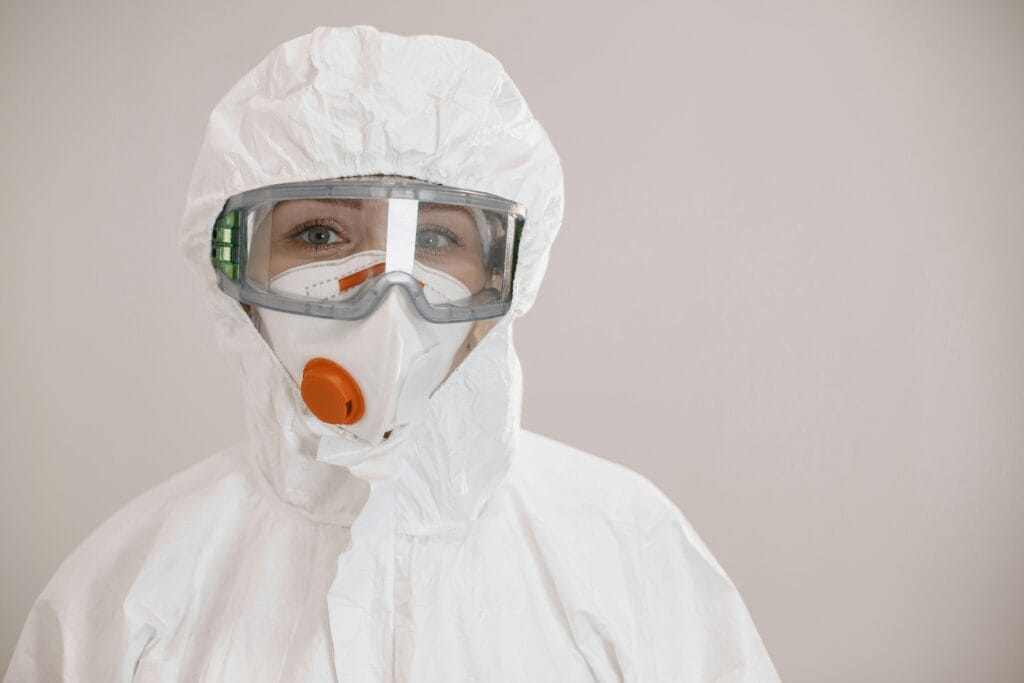 Selecting the Right Disposable PPE Based on Work Environment2025年7月18日Selecting the Right Disposable PPE Based on Work […]
Selecting the Right Disposable PPE Based on Work Environment2025年7月18日Selecting the Right Disposable PPE Based on Work […]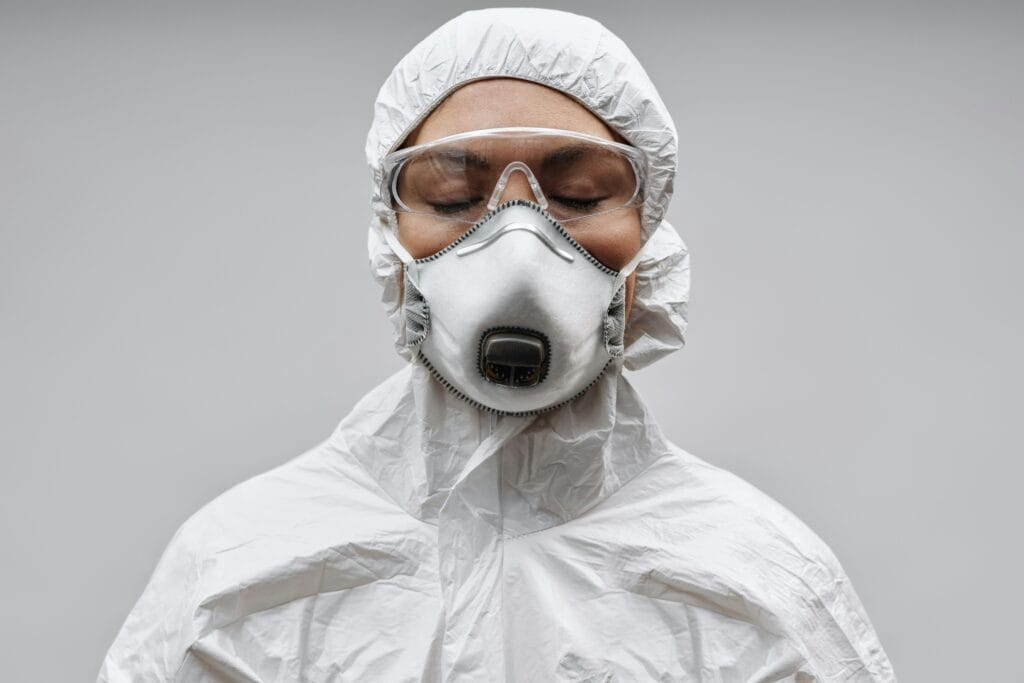 Common Misconceptions About Disposable PPE: What Buyers Get Wrong2025年7月18日Common Misconceptions About Disposable PPE: What Buyers Get […]
Common Misconceptions About Disposable PPE: What Buyers Get Wrong2025年7月18日Common Misconceptions About Disposable PPE: What Buyers Get […]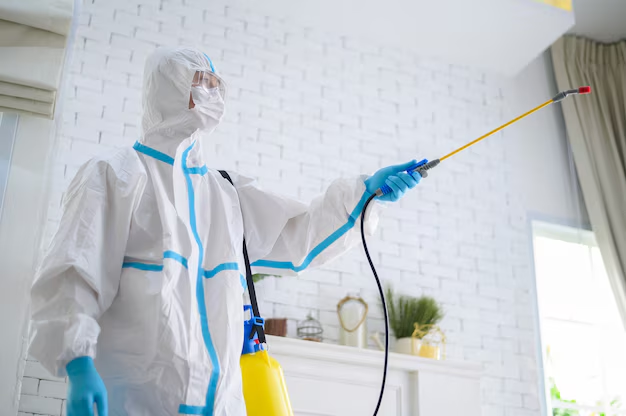 Understanding Type 1–6 Coverall Ratings: What They Really Mean2025年7月18日Understanding Type 1–6 Coverall Ratings: What They Really […]
Understanding Type 1–6 Coverall Ratings: What They Really Mean2025年7月18日Understanding Type 1–6 Coverall Ratings: What They Really […]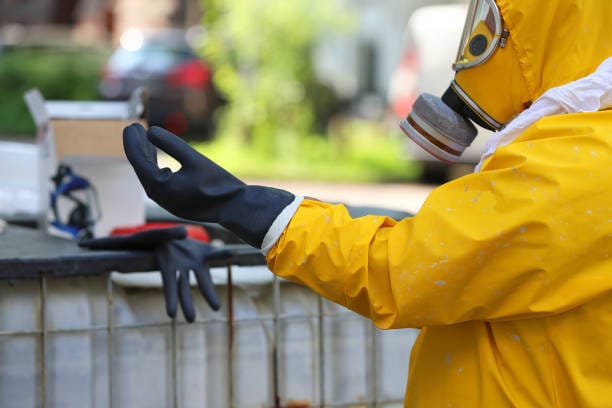 How to Choose the Right Disposable Suit for Your Industry2025年7月18日How to Choose the Right Disposable Suit for Your Industry A […]
How to Choose the Right Disposable Suit for Your Industry2025年7月18日How to Choose the Right Disposable Suit for Your Industry A […]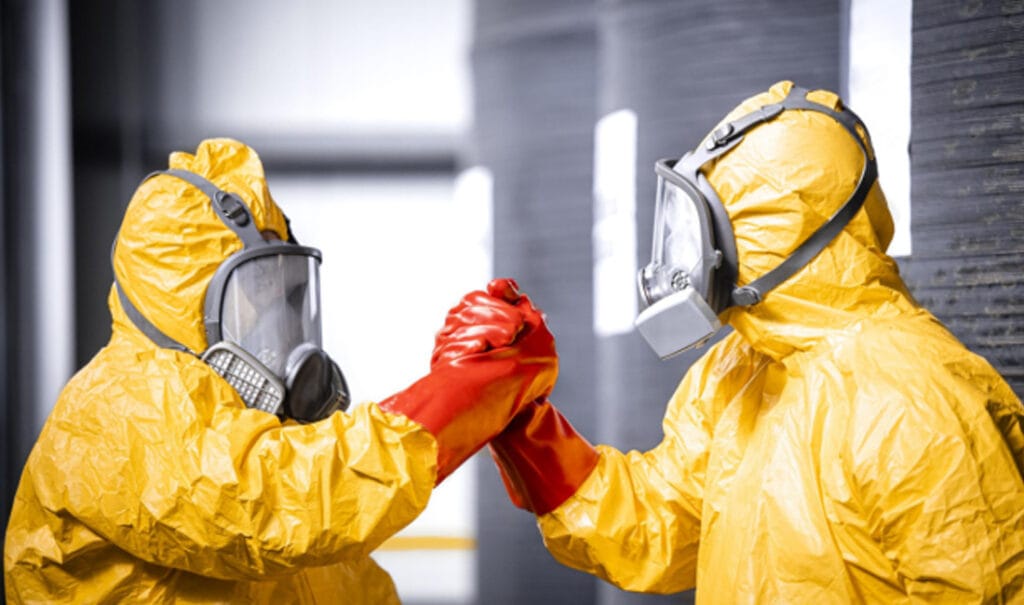 Comparing Disposable Coverall Brands: DuPont™, Lakeland®, 3M®, Uvex® and More2025年7月18日Comparing Disposable Coverall Brands: DuPont™, Lakeland®, […]
Comparing Disposable Coverall Brands: DuPont™, Lakeland®, 3M®, Uvex® and More2025年7月18日Comparing Disposable Coverall Brands: DuPont™, Lakeland®, […]
CONTACT US
- Feel free to contact us any time. We will get back to you as soon as we can!
- +86-17330061805
